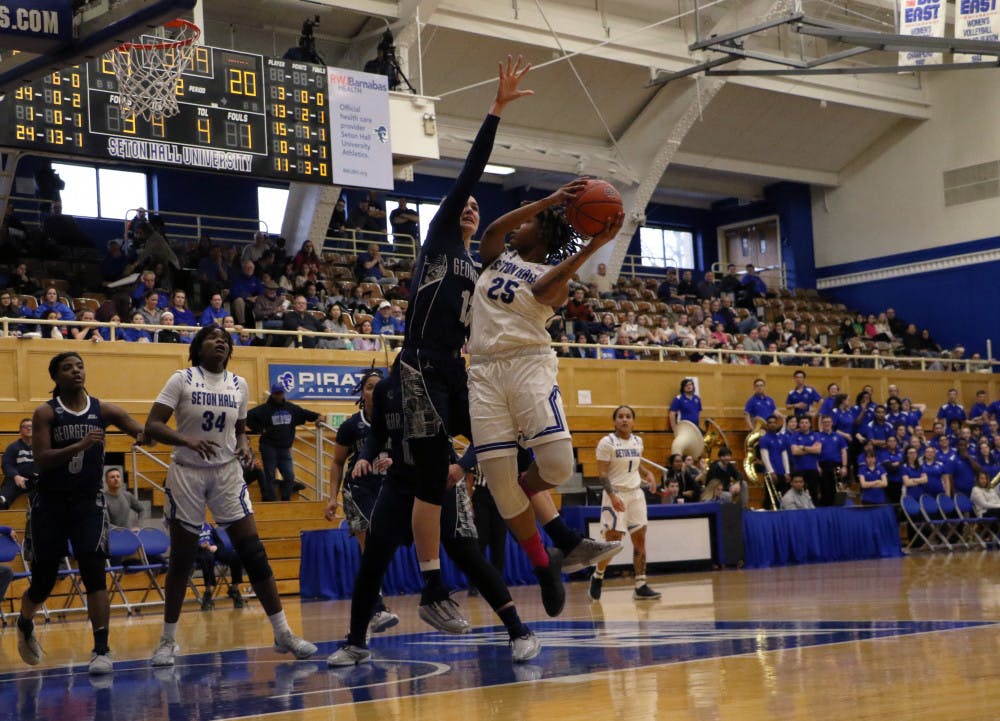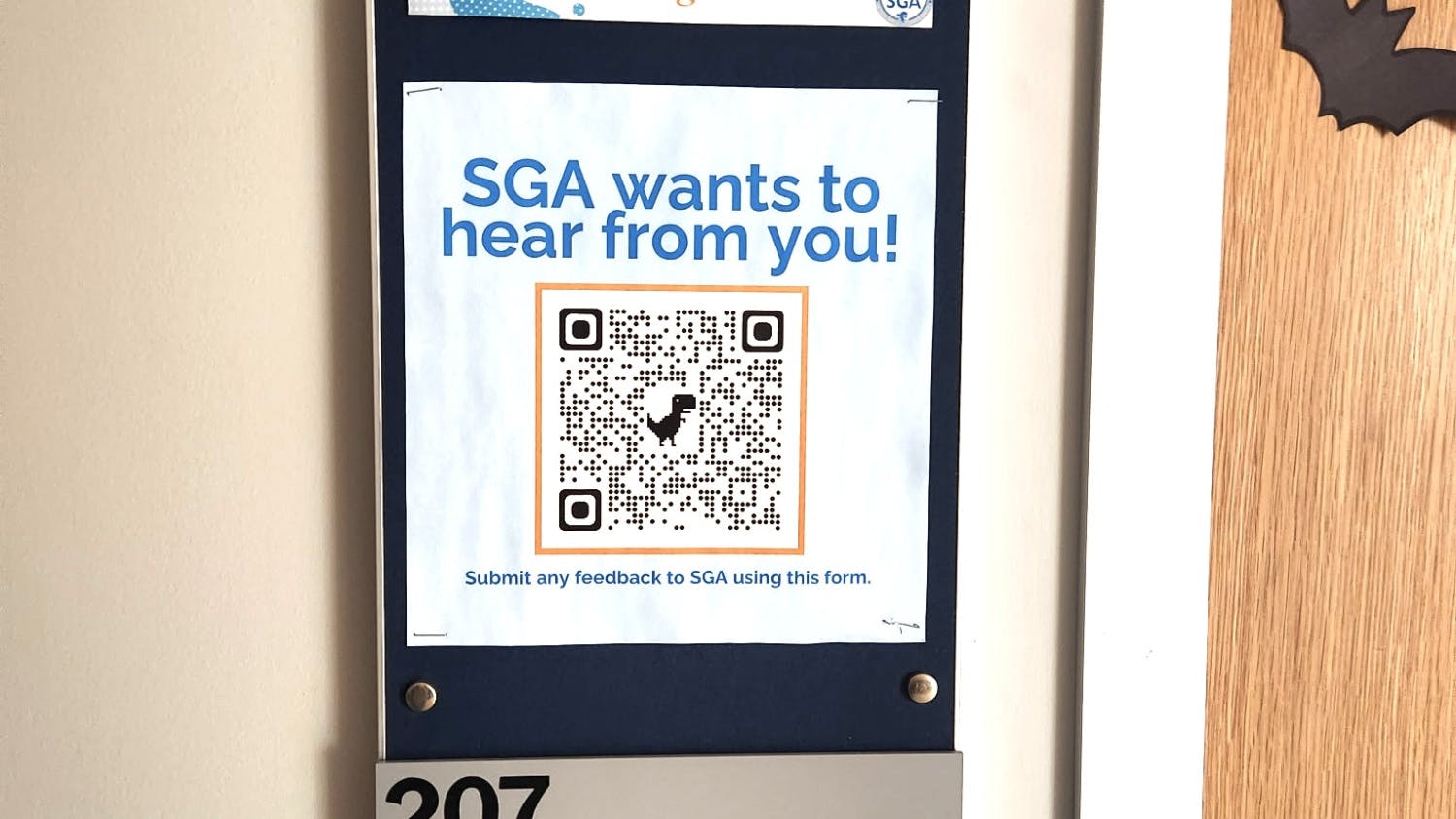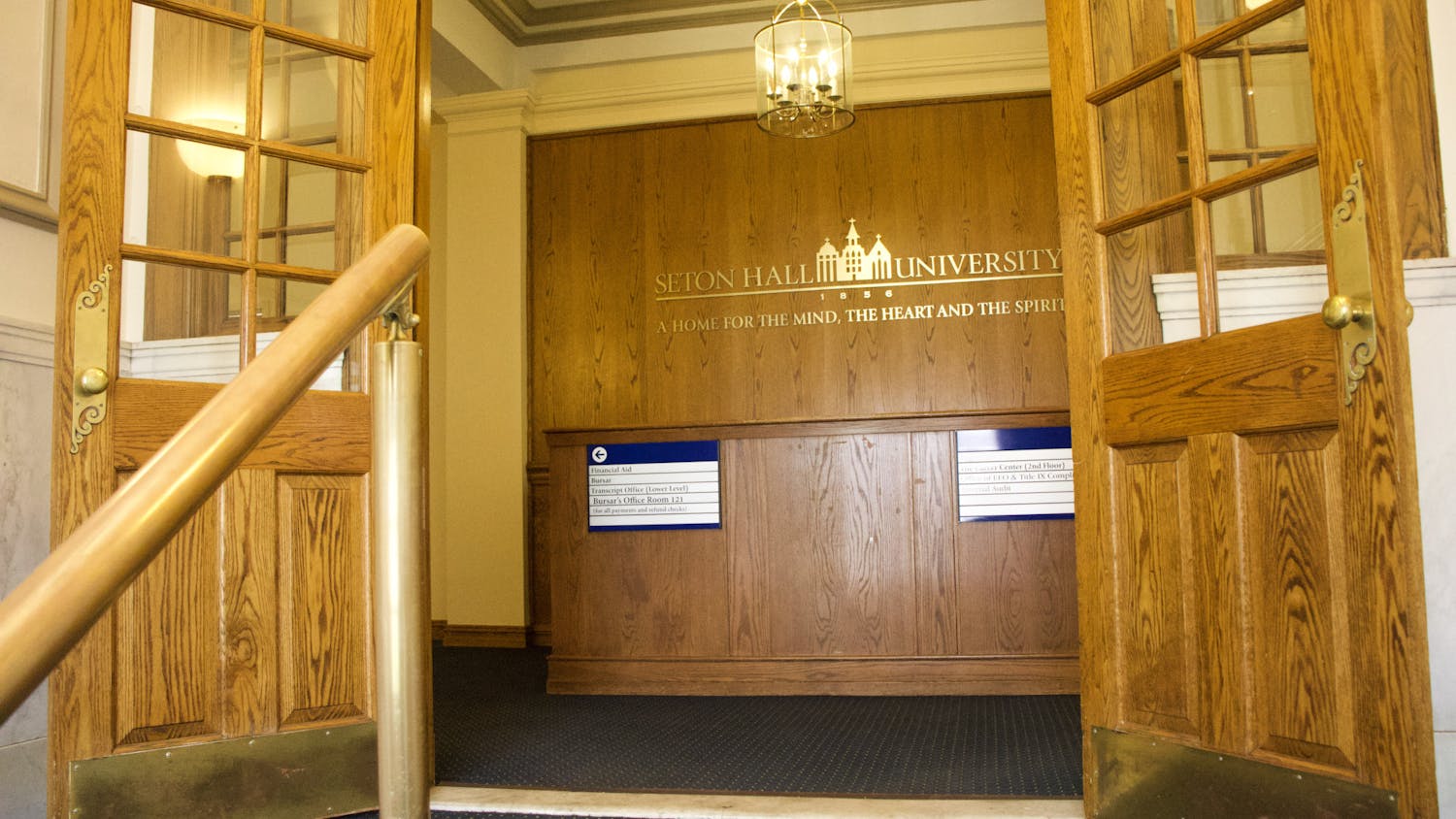Data from the Career Center from last year's graduating class, in which the university maintained its graduate employment rate from 2008, as well as the Career Center's new efforts this year to help students find employment, might help quell student worries about their job search.
Last year, according to Jacquline Chaffin, director of the Career Center, the university's employment rate held or was slightly higher than previous years.
"That says alot about our students taking initiative and our individual efforts," Chaffin said. "For us to maintain our employment rate in the worst recession in five decades, that's extraordinary."
Chaffin credited the lack of change with increased student initiative in pursuing employment and staff efforts at the end of the year. When positions came into Navigator, staff sent many resume referrals off quickly, Chaffin said. In addition, several hundred students submitted resumes to resume books to be distributed to employers.
Each year, the Career Center surveys graduating seniors at their cap and gown pickup to find out how many students will be pursuing employment, have found employment, or will be attending or applying to graduate school.
Last May, out of the 1,045 graduating seniors, 748 students responded to this survey. According to Chaffin, out of those 748 students, 60 to 70 percent reported that they were pursuing employment and from those percentages, approximately 40 percent, around 169 seniors, were employed on average as of the first week of May 2009.
The percentages are higher or lower depending on the school. For example, the Stillman School of Business typically runs at around 50 percent.
In the university's study of their more detailed, three-year comprehensive surveys, according to Chaffin, the employment rate rises significantly within the six months following graduation from 40 percent to 80 percent employed.
The Stillman School of Business peaked with a 92 percent employment rate in 2007, six months following graduation.
"The May survey is one snapshot, because students are really still in the process (of securing employment)," Chaffin said. "On average, most students, 80-plus percent, will secure employment within a six-month period."
The survey also asks students if they have been accepted to graduate school, are in the process of applying, or if they attend to apply and have not applied yet. About 30 percent of students reported that they were pursuing graduate school last year.
In last year's class, 106 students out of the 748 survey respondents reported that they had been accepted to graduate school as of May, with 63 reporting that they were still awaiting a decision at that time and another 47 who planned to pursue graduate school but hadn't yet applied.
This month, the Career Center begins their follow-up survey with 2009 graduates to find out how many graduates have found employment or been accepted to graduate school in the six-month period after graduation. This comprehensive follow-up survey occurs every three years and the data from this survey will be completed in January, according to Chaffin.
The Career Center will contact 2009 graduates who, at the time of graduation, indicated that they were not employed or had been accepted to graduate school.
"It's really important for seniors to respond to us because the data is so important to Seton Hall University," Chaffin said. "Once they leave Seton Hall, the University looks at this data and depends on this data to increase our competitiveness as a school, as an institution.
Chaffin said that this survey is also a way to remind graduates that they have one year unlimited access to Career Center resources after they graduate.
In order for current students to start using the Career Center's online job board, Navigator, to apply for internships or employment opportunities, they need to make an appointment with their career professional.
Students need to fulfill two requirements in order to begin applying on Navigator: have a resume approved and attend an interview workshop.
"We want students to have had a resume approved, as well as attended an interview workshop, and the reason for that is just to ensure that they are prepared," Chaffin said. "Fully prepared to have their resume screened by hiring employers and that they are also ready to sit for an interview."
For the first time this year, according to Chaffin, freshman students have a Navigator account that enables them to view the internship and employment opportunities posted. However, they cannot apply to these positions until meeting the two requirements.
In addition to this change, the Career Center will keep many practices from last year, such as Career Fairs, resume books and resume referrals.
According to Chaffin, the Career Center has worked to increase the Career Fairs. With the Big East consortium this year, Seton Hall will participate in three career fairs, two of which will be e-fairs. The e-fairs will take place from Nov. to Dec. and from April to May. The live fair is annually at Madison Square Garden and will be in March.
In this difficult job market, Chaffin stressed a flawless resume, emphasizing internships, service and leadership. Students should also practice interviewing and research the company that they are interviewing for.
"This year and last year, we've seen a huge impact on the job market, but at the same time, every single day we have employers contacting us that are looking for interns and looking for full-time (employees)," Chaffin said.
November is Seton Hall's Career Development Month, with the Career Center offering many programs for students, including programs on law school, graduate school, Roundtable Career Conversations, and an essay contest. For more information, visit the Career Center or contact your career professional.





